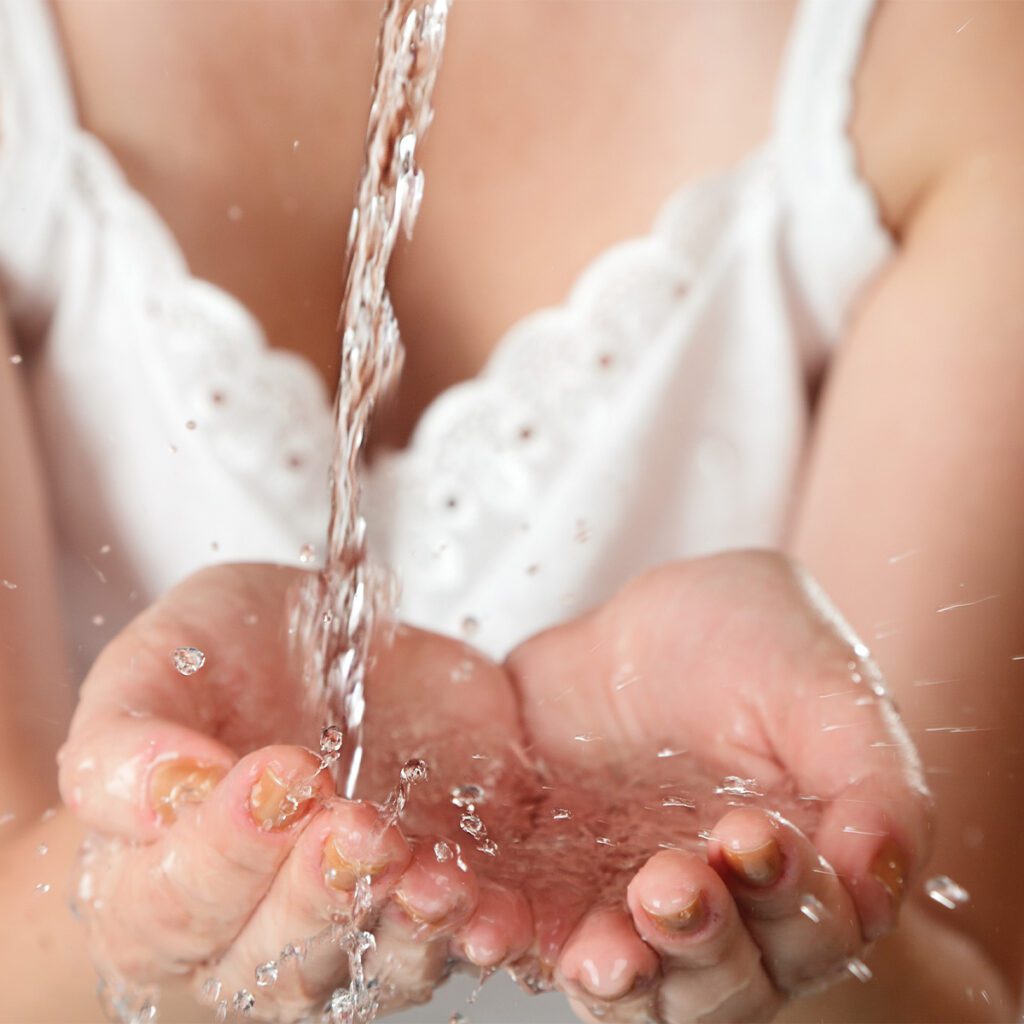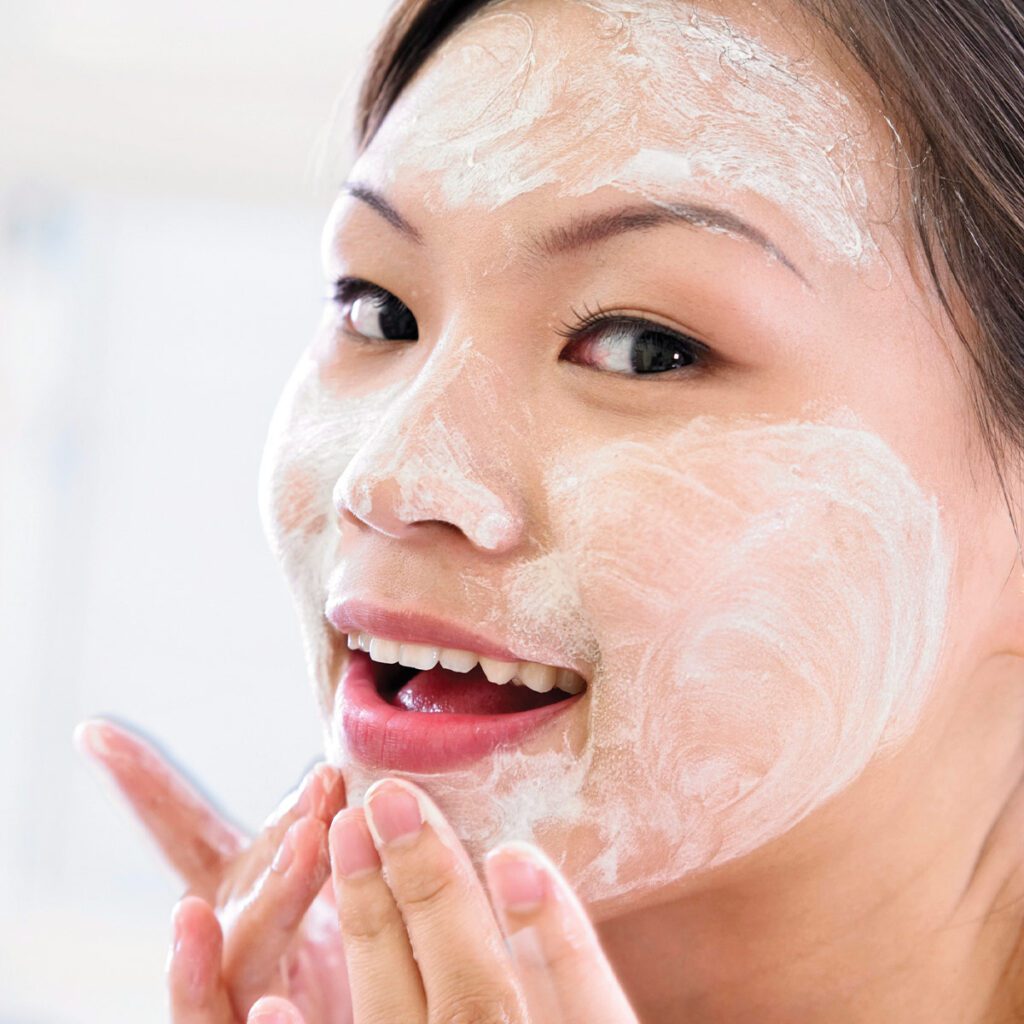Get Your Skin Squeaky Clean (and Healthy!)
It seems as easy as one, two, three, but there’s actually an art to washing your face. Woodhouse Day Spa’s aesthetician Salli Katz spills her expertise on getting your skin squeaky clean.
HealthScope®:
We all know that removing makeup and cleansing your skin is important. But how many times each day should you wash your face to get it thoroughly clean?
Salli Katz:
I would say regardless of skin type, you should cleanse your face twice a day, unless you work outside sweating or are exposed to environmental pollutants more than the average person. Over-cleansing can dry your skin and if you have an acne issue, it can cause skin to overproduce oil, making acne worse. In the evening, instead of a harsh cleanser, I use cleansing pads and just warm water. There’s a product called micellar water, which is a natural way to remove the makeup and oils from your skin. It’s specially formulated with a pH that helps break down the skin’s oils without having to use a soap.

HealthScope®:
Will any water temperature do when washing your face, or is there a certain temperature you should always use?
Salli Katz:
The water should be lukewarm. Warm water helps remove dirt but it will also dry your skin, so you don’t want it to be hot.
HealthScope®:
Speaking of dry skin, is there a certain type of cleanser that works best for dry or oily skin types?
Salli Katz:
If you have dry, mature, or compromised skin, you would need to use a gentle cream cleanser. For normal or oily skin, you’ll want to use a gel that has more of a lather to it.
HealthScope®:
What types of ingredients should you look to get in your facewash? What ingredients should you avoid?


Salli Katz:
I would avoid an astringent. The fewer ingredients the better and water should be the first ingredient in the facewash you choose. I’d also look for a product with some type of an aloe vera, which is cleansing for the skin but is also healing. If you need a deeper cleanse, a benzoyl peroxide can help with acne. An exfoliator with a micropolish will provide gentle friction to exfoliate outer skin cells, but be sure not to exfoliate more than one to two times per week. Over-exfoliation can lead to abrasions and increases the appearance of fine lines.
HealthScope®:
Once you have your water temperature set and your product chosen, is there anything else you need for an effective wash? Should you use a washcloth or a loofa?
Salli Katz:
Typically, I prefer just the cleanser and my hands. If you use something like a pad, it can be too strong on the skin and can pull, tug, and stretch the connector tissue. If you’re just using your hands, there is enough of a natural glide that you won’t pull your skin all over the place.
HealthScope®:
You’ve washed and dried your face. What products should you use next to complete the process?
Salli Katz:
When you use a cleanser it removes all of the surface acidity, which is the skin’s protective barrier. To fix this, use a toner that helps reset the skin’s pH. Then add a serum or moisturizer. I use moisturizer every time I put water on my face. Water is acidic, so it’s naturally going to take some of those waxes and protective barriers off of the face. Choose a moisturizer with a broad spectrum sunscreen of at least 20 SPF already built in.




Salli Katz
Aesthetician, Woodhouse Day Spa

